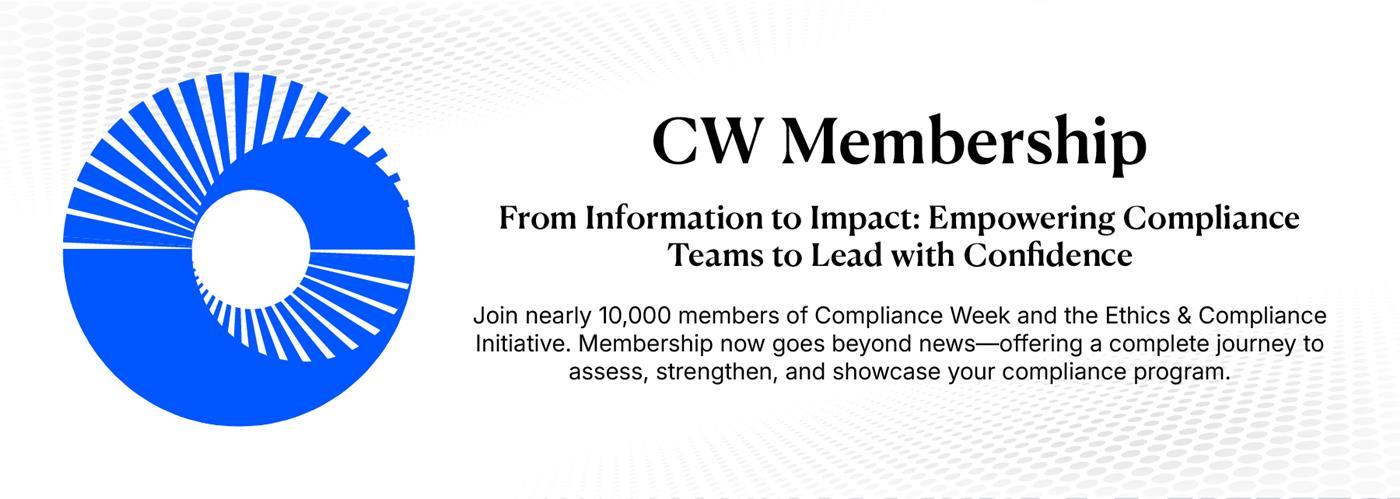- Home
-
News
- Back to parent navigation item
- News
- National Compliance Officer Day 2025
- Accounting & Auditing
- AI
- AML
- Anti-Bribery
- Best Practices
- Boards & Shareholders
- Cryptocurrency and Digital Assets
- Culture
- ESG/Social Responsibility
- Ethics & Culture
- Europe
- Financial Services
- Internal Controls
- Regulatory Enforcement
- Regulatory Policy
- Risk Management
- Sanctions
- Surveys & Benchmarking
- Supply Chain
- Third Party Risk
- Whistleblowers
- Opinion
- Benchmarking
- Certification
- Events
- Research
- Awards
-
CW Connect
- Back to parent navigation item
- CW Connect
- Sign In
- Apply
- Membership
Cross-border compliance: Lessons from the UAE for a globalized financial system
By Hemanth Kumar, Guest Contributor 2025-09-02T14:19:00

Financial ecosystems are no longer confined within national boundaries. Money, technology, and risks flow seamlessly across jurisdictions, creating unprecedented challenges for compliance officers. From sanctions and anti-money laundering (AML) obligations to the rise of virtual assets, the compliance function must now navigate a complex, cross-border landscape where regulators, institutions, and technologies often move at different speeds.
THIS IS MEMBERS-ONLY CONTENT
You are not logged in and do not have access to members-only content.
If you are already a registered user or a member, SIGN IN now.
Related articles
-
 News Brief
News BriefFATF adds Kenya, Namibia to AML/CFT watchlist; UAE, Uganda removed
2024-02-26T20:14:00Z By Kyle Brasseur
Kenya was one of two African countries included in the Financial Action Task Force’s latest update to its list of jurisdictions under increased monitoring for money laundering and terrorist financing, while the United Arab Emirates was among four countries removed.
-
 News Brief
News BriefUAE joins pact with U.S. on cybersecurity cooperation
2023-10-17T22:12:00Z By Jeff Dale
The United States and United Arab Emirates finalized an agreement to work together to safeguard the financial sector from cyberattacks.
-
 News Brief
News BriefUAE approves plan to establish AML prosecutor
2023-07-31T16:06:00Z By Jeff Dale
The United Arab Emirates has moved forward with plans to establish federal prosecution entities specializing in economic crimes and money laundering.
More from Opinion
-
 Article
ArticleTop of mind compliance topics in 2026: Finance, immigration, supply chains and sustainability
2026-01-05T13:29:00Z By Ruth Prickett
What will you be doing in the coming year? We asked experts in a range of sectors to gaze into their crystal balls and highlight one legal development or compliance topic that will be critical for compliance teams in 2026. This is an edited version of what they told us.
-
 Premium
PremiumTop Ethics and Compliance Triumphs of 2025
2025-12-31T12:00:00Z By Aaron Nicodemus and Oscar Gonzalez
This year’s compliance triumphs were all born out of compliance fails. In some cases, it was a regulator finding fault and demanding change. In others, acquiring companies noticed something a little fishy in their new acquisition. What formed a compliance triumph in every case wasn’t the mistake; it was the ...
-
 Opinion
OpinionBribery exposure doesn’t start with policy failure. It starts with training.
2025-12-30T12:00:00Z By Brett Erickson, CW guest columnist
Anti-bribery and corruption failures in financial institutions rarely stem from bad policies.
- Terms and Conditions
- Privacy Policy
- Do Not Sell My Info
- © 2025 Compliance Week
Site powered by Webvision Cloud






